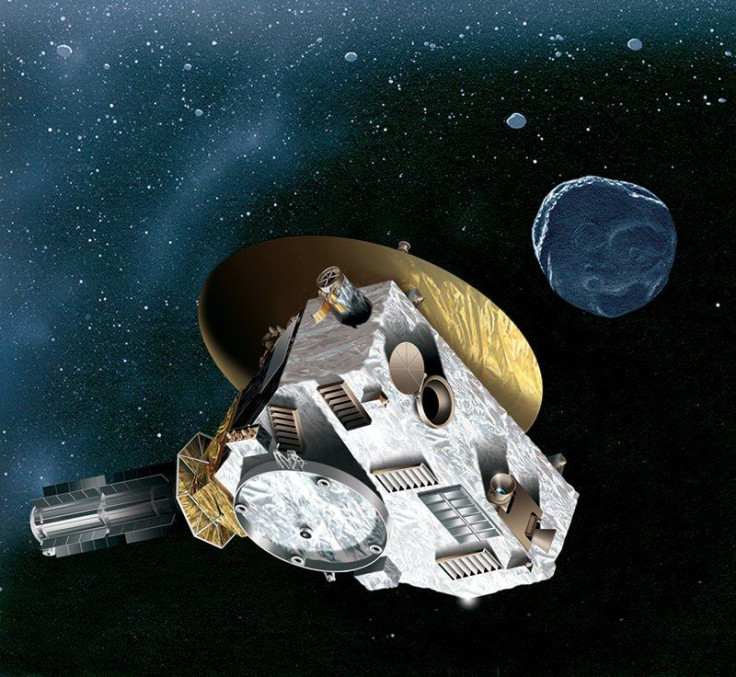Distant Kuiper Belt Object Observed By New Horizons NASA Team In Argentina

NASA’s New Horizons team based in Argentina made another groundbreaking observation of a distant Kuiper Belt object over the weekend. The object is four billion miles away and researchers were able to detect it because it passed in front of another star, said a news release from NASA. In just a few seconds, the researchers caught its shadow passing the bright light of a distant star. The object effectively fully blocked the star, an event called an occultation, and the researchers were able to capture the event.
It was no coincidence that the researchers were able to catch the object on the move. The team set up telescopes in a fairly remote area in Argentina to get a glimpse of the object, called 2014 MU69. This makes five occultations the team has observed and record to beef up their data on the 2014 MU69.
Read: 10 Of The Most Exciting NASA Missions Scheduled To Launch In The Next 5 Years
The researchers had known they would be able to capture the occultation since May. They knew the occultations would be occurring on certain days, June 3, July 10 and July 17, so they were able to prepare. They had more than 60 observers ready with 24 mobile telescopes ready for 2014 MU69. All of this was done to help prepare for an even more grand observation planned for New Year’s Day 2019.
In addition to the research team working to see the KBO the government and people of Argentina had a hand in making the observation possible. To ensure the best conditions possible to observe street lights were turned off, a major highway was shut down for two hours and people even parked their cars to help block wind from the observation sites, according to NASA.
Read: Sotheby's Space Exploration Auction: Apollo 11 Lunar Sample Bag, Hundreds Of Items Up For Sale
On Jan 1, 2019, the New Horizons spacecraft is set to fly by the Kuiper Belt Object and the hope is that these observations made from Earth will give researchers a better idea about the shape and size of the object before the craft gets there. Before the recent observations, only the Hubble Telescope had been able to detect the object, and it wasn’t able to determine the size or shape. Even now with the observations it will take the researchers weeks to make any determinations about the object.
The observations New Horizons makes as it flies by the object will set the record for the furthest distance between a craft and the object it’s observing. The craft launched on Jan 19, 2006, and has been sending back observations since. It was observing Pluto and its surroundings for much of its mission but is now past the distant planet and soon enough it will conduct an extended mission to study the Kuiper Belt and MU69.
© Copyright IBTimes 2024. All rights reserved.




















